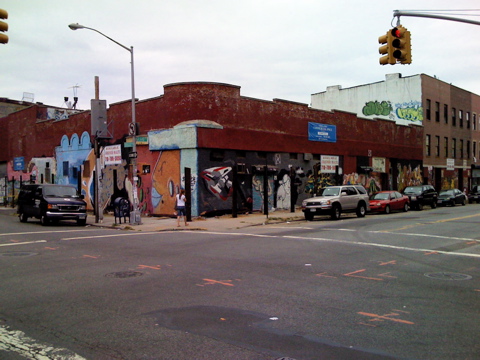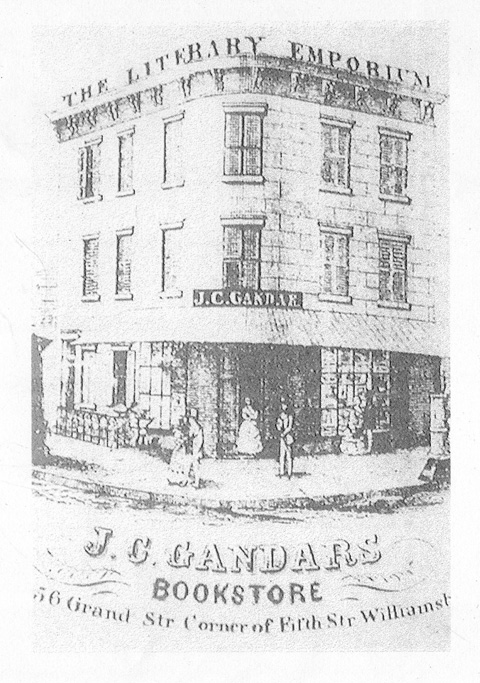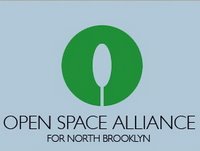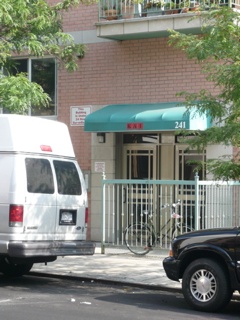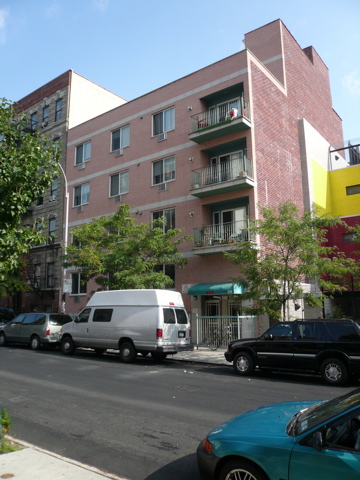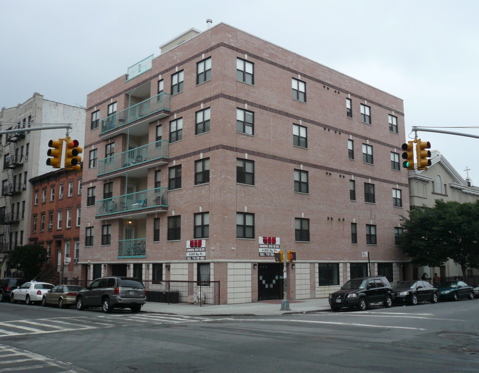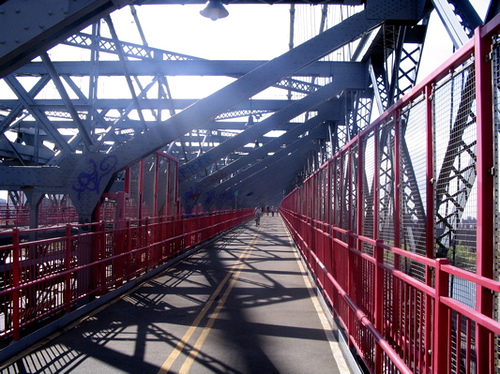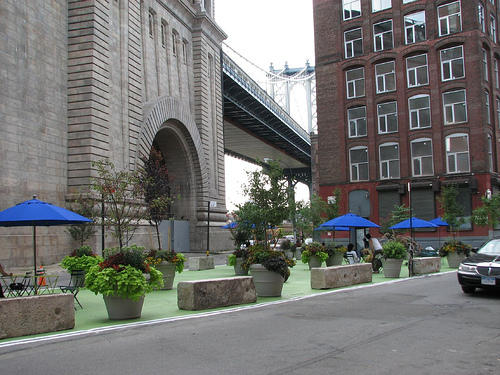
“Derelict” in the city’s eyes
A while back, we noted the City’s recent crackdown on illegal sidewalk parking of motorcycles and scooters. Since then, we’ve heard first-hand a tale of woe that anyone on two wheels should take note of. After multiple incidents of having his vintage Norton knocked over on the streets of Tribeca, the hapless soul we heard from had taken to parking on the sidewalk. Like many bikers, Mr. Norton pulled the license plate off his bike to prevent the revenue agents from issuing tickets.
Unfortunately, the city’s crackdown now entails the Department of Sanitation towing AND DESTROYING “derelict” bikes. By the city’s definition, a bike is derelict if it has no plates, is over 20 years old, and has any visible damage. Our victim in this case claims that his Norton has no damage, but unless its in concourse condition, its east to see how an overzealous Sanitation agent could flag any old bike without plates as derelict. Which is what happened to Mr. Norton.
The good news is that Mr. Norton actually checked on his bike on a daily basis, so he discovered that it had been towed almost immediately. The bad news is that he made this discovery on a Friday evening. After a frantic weekend of calling every tow yard in the city, talking to the local police, trying to get a hold of the Sheriff and Sanitation, Mr. Norton finally found a supervisor at Sanitation who could tell him where his bike was.
What the supervisor at DoS told him was not good: “You’re bike has been destroyed”.
Not what anyone wants to hear, particularly the owner of a well-maintained, mint-condition vintage Norton.
Standard procedure and all that, said the guy at DoS. It was towed by a private wrecking company, and destroyed immediately. Happily, the gods smiled on Mr. Norton, and when he called said wrecking company, it turned out that they hadn’t destroyed the bike. Yet.
So the story has a happy ending, but is a cautionary tale for anyone out there with an older bike or scooter. Don’t pull the plates. If your bike is that important to you, park it in a garage. Or find an out of the way place, preferably on private property, to park the bike. With a cover. And with the plates. You may get tickets, but it sure beats having your “derelict” bike destroyed.
In a city that is fighting congestion and overcrowded mass transit, this is a really stupid policy. After years of benign (and not so benign) neglect, the city is finally coming to recognize that bicycles are part of the solution. Hopefully too, the city will come around and recognize that motorized two-wheelers are also part of the solution. Just as the city needs more bicycle parking, it needs more cycle/scooter parking – away from cars (if you build it, they will come). While we’re at it, how about allowing bikes to park between meters?
And yes, people who use the sidewalks for their long-term parking needs deserve to have their bikes towed and destroyed.
There is also a not very good reason for parking on the sidewalk – some people are too lazy to keep their bikes registered, insured, inspected and running. Its easy enough to park a bike on the sidewalk, chain it up, and forget about it for years.↩

